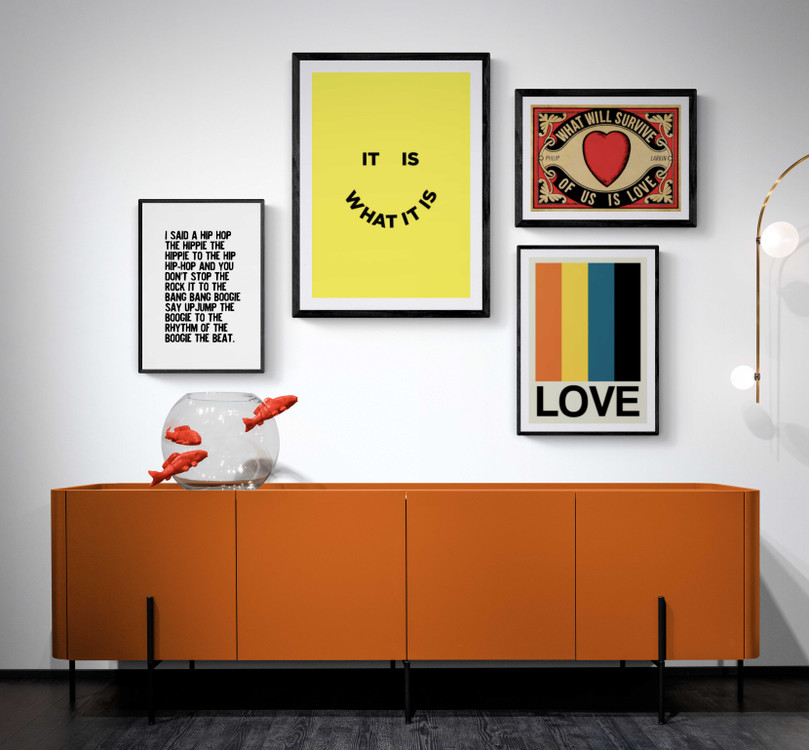How has Covid-19 shaped the art world and what the future looks like?
Posted by East End Prints on 15th Sep 2021
With Covid-19 came social distancing and the closing of galleries and spaces where the public could interact with art. This has created tough challenges for many people in the art world, from sellers to artists, and put considerable distance between people who appreciate art and the art itself. There have also been opportunities to take a new approach to everything, from the way art is sold to how exhibitions are curated. So, how has this shaped the art world today and what does the future look like?
The move to digital
For many artists, digital platforms provided a way to continue to connect with art lovers during the pandemic with exhibitions being made available via a screen. Art selling also went digital with perhaps the most notable example being Sotheby’s, which created an online forum and virtual salesroom where art could be bid on and bought. This is something that has proven to work well for the business with $1.5 billion in private sales recorded for Sotheby’s last year, a record for any auction house.
Artists evolving
For many artists, the switch to digital has been simple - photos and paintings can be easily uploaded and sold online, for example. However, this approach doesn’t work with every medium and many artists have had to find innovative new ways to continue to reach the public and display their work. These are just some of the shifts we have seen that could define what the future of the art world looks like.
- Artist Anicka Yi curated her upcoming commission at Tate Modern’s Turbine Hall remotely, using a collaboration with a team of around 30 who were spread out at locations all around the world. This is a complex and intellectually sophisticated piece of work that integrates AI-powered machines and “historical scentscapes,” no easy task to set up remotely. However, Yi has discovered both environmental and financial benefits to the remote approach, which means it could continue to be an option for the future.
- Simon Denny has also explored the idea of a project existing in two mediums, one of them virtual, in order to reach a much wider audience. His Mine exhibition, which was a game-like exploration of data mining and mineral resource extraction had a physical showing in Dusseldorf in 2020 and also exists as an online version in Minecraft, allowing it to reach many more people.
- Digital forums and the internet also have the power to inspire art. For example, Curant, a series of evolving paintings created by the artist Agnieszka Kurant uses data from the social media feeds of protest movements to stimulate AI to analyse the tone of posts. This then feeds into a custom circuit board that heats up layers of crystals to create colourful patterns inspired by the online voices.
While Covid-19 certainly had its challenges for the art world there have also been some positive shifts that could define a new approach to the way we exhibit, view, create and buy art in the future.

